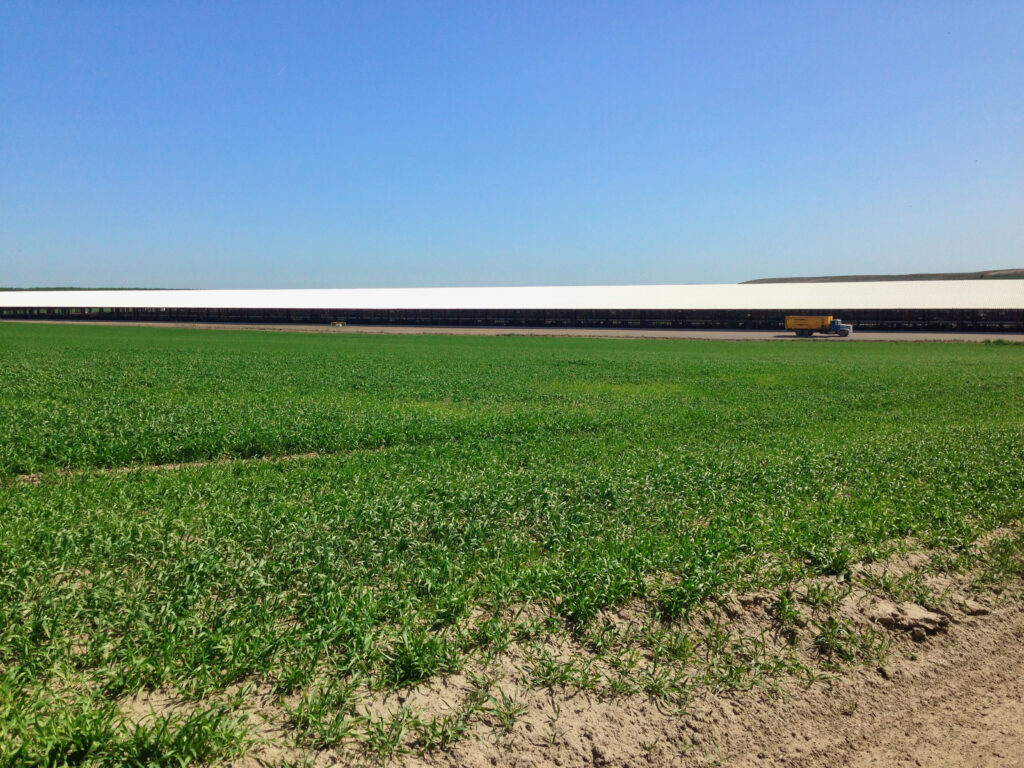Oct. 29, 2024
FOR IMMEDIATE RELEASE
Bruno Pigott
Acting Assistant Administrator of Water
U.S. EPA Office of Water
1201 Constitution Ave. NW
Washington, DC 20004
Dear Mr. Pigott,
Everyone in America deserves access to clean drinking water. But in multiple states and rural communities across the country, the undersigned organizations have documented numerous instances where communities face increasing threats to their drinking water sources. While the details vary, there is a common problem: nitrate pollution from industrial-scale agricultural practices is reaching underground sources of drinking water and threatening human health. This pollution poses an imminent and substantial endangerment to communities across the country, while state after state has failed to take the action necessary to protect the health of their own residents. Under these circumstances, the Safe Drinking Water Act provides the EPA with robust emergency authority under Section 1431 to protect human health. We request a meeting with you to discuss EPA’s critical role in preventing harm to public health and in ensuring consistent, equitable access to clean drinking water nationwide, including for those in rural communities who rely on private wells.
Over the last ten years, concerned organizations including the undersigned have submitted five Section 1431 emergency petitions, each of which identifies nitrate-contamination of drinking water. All five petitions tell the story of intensive agricultural land uses resulting in alarming nitrate levels. Animal waste storage lagoons and over-application of nitrogen in areas of the country with susceptible geology has led to increasing levels of nitrate in both private wells and public drinking water sources. The highest documented nitrate concentration from the five states represented was 190 mg/L—19 times higher than the national allowable level — recorded by EPA in the Lower Yakima Valley in Washington.
In the face of these rising nitrate levels, state officials have failed to implement necessary restrictions, and instead have relied almost exclusively on voluntary best management practices that have proven ineffective for decades. Efforts by state officials that rely on voluntary practices lack the regulatory teeth to meaningfully reduce nitrate in private wells and public drinking water supplies. This lack of effective regulation incentivizes the continued consolidation of large operations where the costs of pollution can be externalized onto the public.
Heightened nitrate levels present a threat to all individuals living in these five regions, but are especially dangerous for infants, pregnant women, and people with certain blood disorders. Health studies have linked adverse health impacts, including thyroid problems and numerous types of cancer, to long-term exposure to high nitrate concentrations in drinking water. Despite the well-documented risk elevated nitrate levels pose, state officials have allowed these problems to develop and persist, and are now failing to make timely and effective progress to rein the problem in and begin remediation of drinking water sources. We have attached a short summary to this letter reflecting the status of each petition.
EPA regional offices have taken different approaches to address these concerns, ranging from silence to requests for meaningful action from state agencies. Nitrate contamination and the harm it poses to human health demands a national approach and response in light of the growing prevalence of the problem and the patchwork of ineffective state strategies. We request a meeting to discuss how EPA can address this widespread problem with a cohesive, coordinated response that reflects the scope and urgency of this national crisis.
Sincerely,
Allamakee County Protectors — Education Campaign
Center for Biological Diversity
Center for Food Safety
Clean Water Action Council of Northeastern Wisconsin
Columbia Riverkeeper
CURE
Environmental Working Group
Food and Water Watch
Friends of the Mississippi River
Friends of Toppenish Creek
Iowa Citizens for Community Improvement
Iowa Coldwater Conservancy
Kewaunee CARES
Land Stewardship Project
Midwest Environmental Advocates, Inc.
Minnesota Center for Environmental Advocacy
Minnesota Division, Izaak Walton League of America
Winona County Clean Water Coalition
Minnesota Well Owners Organization
Oregon Rural Action (non-petitioner community group working with the Oregon petitioners)
Sierra Club — Iowa Chapter
Socially Responsible Agriculture Project
WaterWatch of Oregon
Winona County Clean Water Coalition
cc: David Risley, Office of Water
# # #
For nearly 40 years, WaterWatch of Oregon has been committed to a single, clear mission: To protect and restore flows in Oregon rivers and waterways to sustain native fish, wildlife, and the people of Oregon who depend on healthy rivers. WaterWatch of Oregon was the first organization in the west to seek structural reform of antiquated water laws to protect and restore our rivers, and facilitated passage of Oregon’s landmark Instream Water Rights Act in 1987.
Staff photo by Brian Posewitz.

